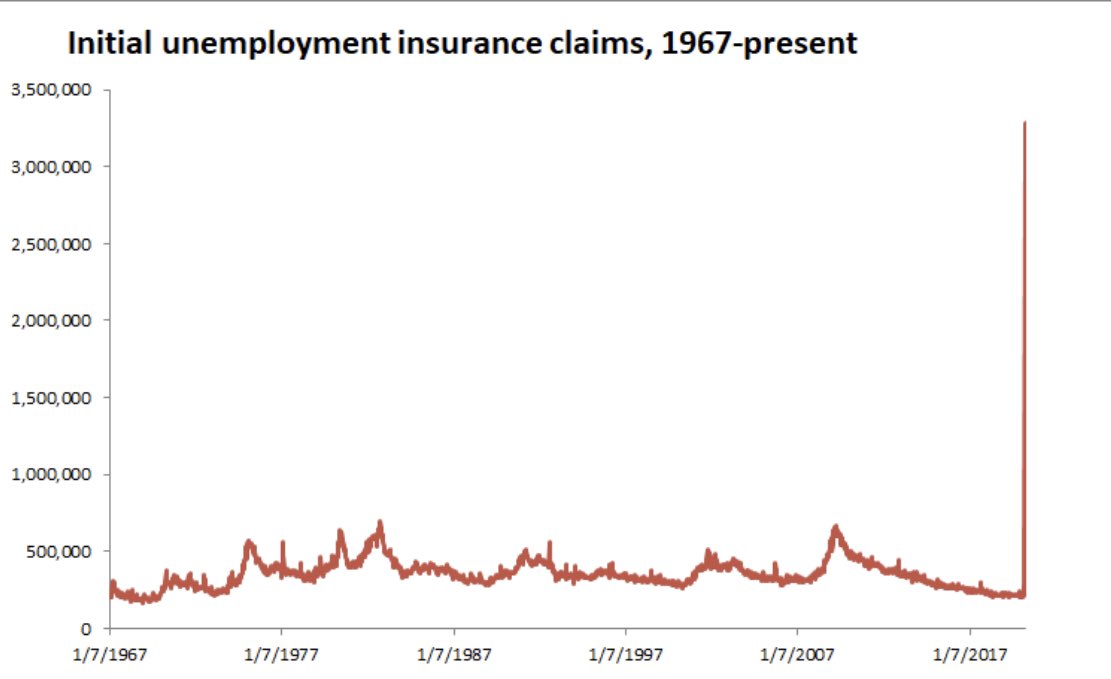Parte I e
parte II.
O futuro já cá estava... só que estava mal distribuído.
Conhecem a estória do lago de nenúfares? 47 dias pacatos e de repente
ZÁS! O mundo muda! Recordar "
47 dias incipientes e depois, de repente..." (Junho de 2014)
Parece que estamos a viver a faísca que gera o
Tipping Point.
Quantos negócios estão/vão neste momento, por força das circunstâncias a mudar de modelo de negócio?
Quantos negócios estão/vão a transitar de B2B para B2C?
Quantos negócios estão a redefinir o seu processo comercial, migrando para canais on-line, a fim de manter contacto com os clientes e poder identificar claramente suas necessidades e expectativas?
Quantas empresas estão a mergulhar de cabeça no mundo das redes sociais e das plataformas online para receber, verificar e confirmar o conteúdo dos pedidos com os clientes?
Quantas empresas estão a aprender a usar as redes sociais para comunicar pedidos e requisitos de clientes à produção/serviço, para planear actividades, para reunir e resolver problemas, para formar e treinar funcionários, para comunicar os resultados do controlo da qualidade, para entrar em contato com fornecedores, parceiros e serviços de logística?
E depois de produtores/prestadores/fornecedores e clientes experimentarem... talvez não voltem para trás quando tivermos chegado a um novo normal.
Adicionemos a isto a democratização da produção, tão bem representada pela experiência da semana passada em Brescia com a
impressão 3D, e o crescente sucesso da customização/personalização:
Deixo aqui, mais uma vez a frase de Noah Harari no Financial Times em "Yuval Noah Harari: the world after coronavirus":
"Many short-term emergency measures will become a fixture of life. That is the nature of emergencies. They fast-forward historical processes. Decisions that in normal times could take years of deliberation are passed in a matter of hours. Immature and even dangerous technologies are pressed into service, because the risks of doing nothing are bigger. What happens when everybody works from home and communicates only at a distance? What happens when entire schools and universities go online? In normal times, governments, businesses and educational boards would never agree to conduct such experiments. But these aren’t normal times."
Move fast, break rules, break things!
ADENDA das 08:01










%2006.21.jpeg)












